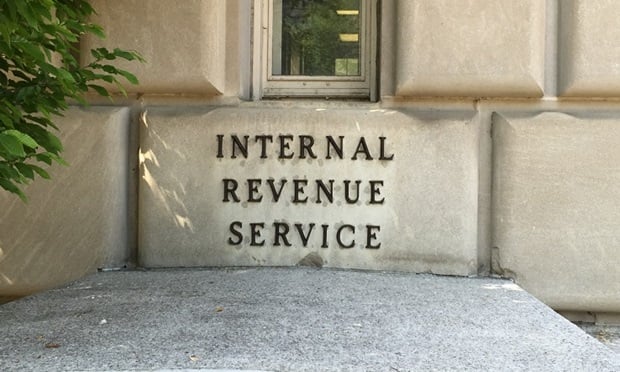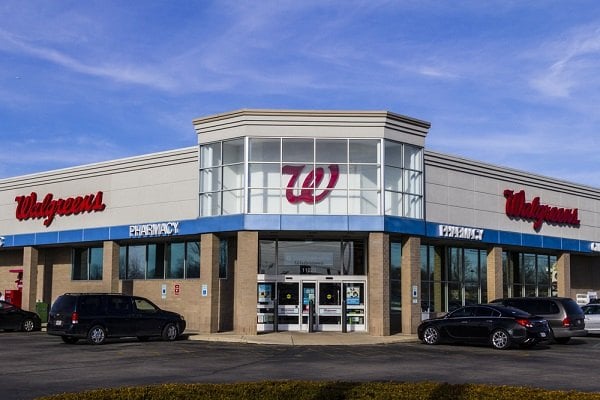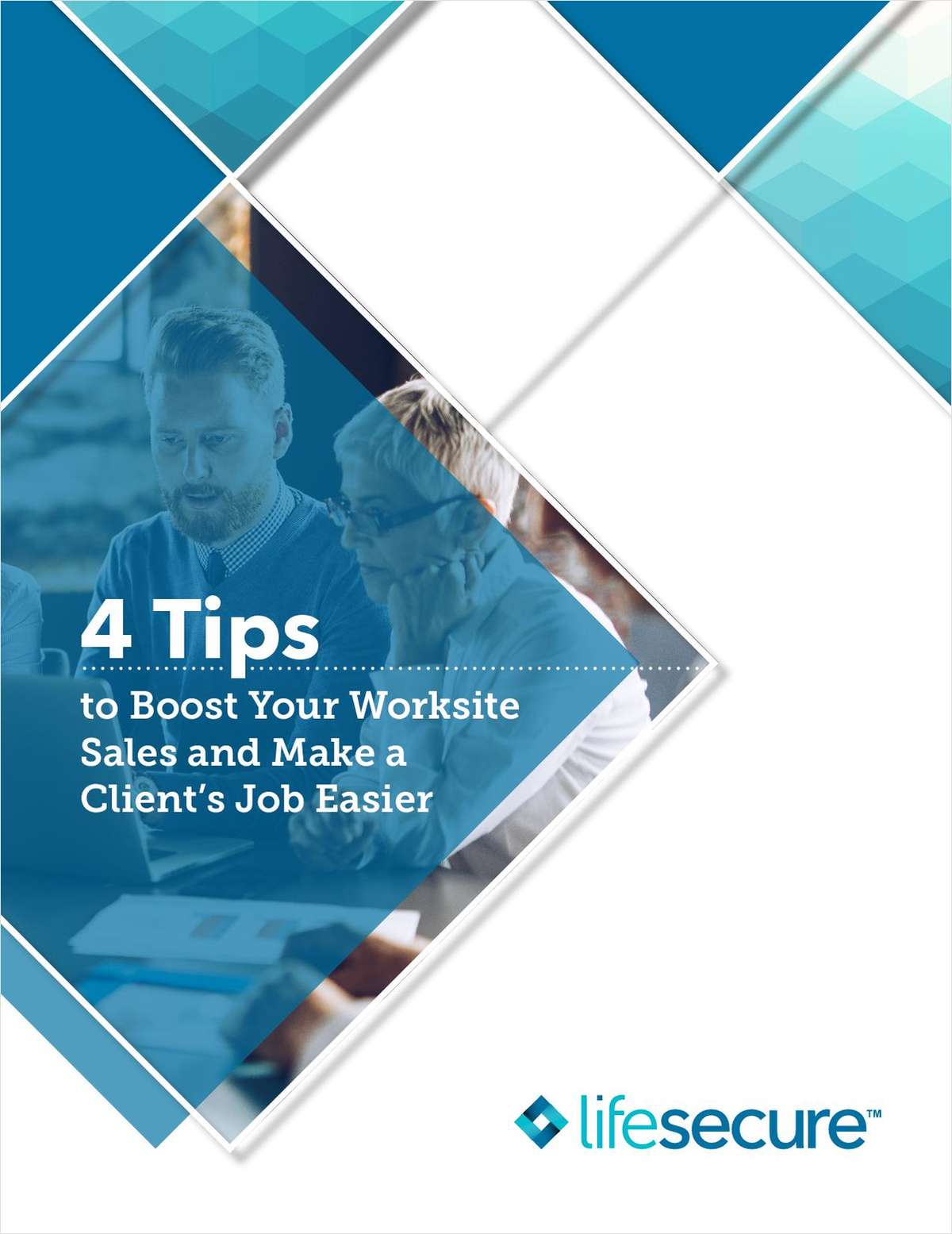 Experts warn that the breakthroughs may not all make the healthsystem work better, or make it less expensive. (Photo:Shutterstock)
Experts warn that the breakthroughs may not all make the healthsystem work better, or make it less expensive. (Photo:Shutterstock)
The U.S. health care system is famously resistant togovernment-imposed change. It took decades to create Medicare andMedicaid, mostly due to opposition from the medical-industrialcomplex. Then it was nearly another half-century before the passageof the Affordable Care Act.
|But the COVID-19 pandemic has done what no president or socialmovement or venture capitalist could have dreamed of: It forcedsudden major changes to the nation's health care system that areunlikely to be reversed.
|Related: The New Deal 2020: A chance to do employee healthcare differently
|"Health care is never going back to the way it was before," saidGail Wilensky, a health economist who ran the Medicare and Medicaidprograms for President George H.W. Bush in the early 1990s.
|Wilensky is far from the only longtime observer of the Americanhealth care system to marvel at the speed of some long-soughtchanges. But experts warn that the breakthroughs may not all makethe health system work better, or make it less expensive.
|That said, here are three trends that seem likely tocontinue.
Telehealth for all
Telehealth is not new; medical professionals have used it toreach patients in rural or remote settings since the late1980s.
|But even while technology has made video visits easier, it hasfailed to reach critical mass, largely because of political fights.Licensing has been one main obstacle – determining how a doctor inone state can legally treat a patient in a state where the doctoris not licensed.
|The other obstacle, not surprisingly, is payment. Should a videovisit be reimbursed at the same rate as an in-person visit? Willmaking it easier for doctors and other medical professionals to usetelehealth encourage unnecessary care, thus driving up the nation's$3.6 trillion health tab even more? Or could it replace care onceprovided free by phone?
|Still, the pandemic has pushed aside those sticking points.Almost overnight, by necessity, every health care provider who canis delivering telemedicine. A new survey from Gallup found the number of patients reporting"virtual" medical visits more than doubled, from 12% to 27%, fromlate March to mid-May. That is due, at least in part, to Medicare having made it easier for doctors to bill for virtualvisits.
|It's easy to see why many patients like video visits ― there'sno parking to find and pay for, and it takes far less time out of aworkday than going to an office.
|Doctors and other practitioners seem more ambivalent. On onehand, it can be harder to examine a patient over video and someservices just can't be done via a digital connection. On the otherhand, they can see more patients in the same amount of time and mayneed less support staff and possibly smaller offices if more visitsare conducted virtually.
|Of course, telemedicine doesn't work for everyone. Many areasand patients don't have reliable or robust broadband connectionsthat make video visits work. And some patients, particularly theoldest seniors, lack the technological skills needed toconnect.
Primary care doctors in peril
Another trend that has suddenly accelerated is worry over thenation's dwindling supply of primary care doctors. The exodus ofpractitioners performing primary care has been a concern over thepast several years, as baby boomer doctors retire and others havegrown weary of more and more bureaucracy from government andprivate payers. Having faced a difficult financial crisis duringthe pandemic, more family physicians may move into retirement orseek other professional options.
|At the same time, fewer current medical students are choosing specialties inprimary care.
|"I've been trying to raise the alarm about the kind of perilousfuture of primary care," said Farzad Mostashari, a top Health andHuman Services Department official in the Obama administration.Mostashari runs Aledade, a company that helps primary care doctorsmake the transition from fee-for-service medicine to new paymentmodels.
|The American Academy of Family Physicians reports that 70% ofprimary care physicians are reporting declines in patient volume of50% or more since March, and 40% have laid off or furloughed staff.The AAFP has joined other primary care and insurance groupsin asking HHS for an infusion of cash.
|"This is absolutely essential to effectively treat patientstoday and to maintain their ongoing operations until we overcomethis public health emergency," the groups wrote.
|One easy way to help keep primary care doctors afloat would beto pay them not according to what they do, but in a lump sum tokeep patients healthy. This move from fee-for-service to what'sknown as capitation or value-based care has unfolded gradually andwas championed in the Affordable Care Act.
|But some experts argue it needs to happen more quickly and theypredict that the coronavirus pandemic could finally mark thebeginning of the end for doctors who still charge for each serviceindividually. Mostashari, who spends his time helping doctors makethe transition, said in times like these, it would make more sensefor primary care doctors to have "a steady monthly revenue stream,and [the doctor] can decide the best way to deliver that care.Unlimited texts, phone calls, video calls. The goal is to give yousatisfactory outcomes and a great patient experience."
|Still, many physicians, particularly those in solo or smallpractices, worry about the potential financial risk ― particularlythe possibility of getting paid less if they don't meet certainbenchmarks that the doctors may not be able to directlycontrol.
|But with many practices now ground to a halt, or just startingto reopen, those physicians who get paid per patient rather thanper service are in a much better position to stay afloat. Thatmodel may be gain traction as doctors ponder the next pandemic, orthe next wave of this one.
Hospitals on the decline?
The pandemic also might lead to less emphasis on hospital-basedcare. While hospitals in many parts of the country have obviouslybeen full of very sick COVID patients, they have closed down othernonemergency services to preserve supplies and resources to fightthe pandemic. People with other ailments have stayed away in droveseven when services were available, for fear of catching somethingworse than what they already have.
|Many experts predict that care won't just snap back when thecurrent emergency wanes. Dr. Mark Smith, former president of theCalifornia Health Care Foundation, said among consumers, a switchhas been flipped. "Overnight it seems we've gone from high-touch tono-touch."
|Which is not great for hospitals that have spent millions tryingto attract patients to their labor-and-delivery units, orthopediccenters and other parts of the facility that once generated lots ofincome.
|Even more concerning is that hospitals' ability to weather thecurrent financial shock varies widely. Those most indanger of closing are in rural and underserved areas, wherepatients could wind up with even less access to care that is scarcealready.
|All of which underscores the point that not all these changeswill necessarily be good for the health system or society.Financial pressures could end up driving more consolidation, whichcould push up prices as large groups of hospitals and doctors gainmore bargaining clout.
|But the changes are definitely happening at a pace few have everseen. Said Wilensky, "When you're forced to find different ways ofdoing things and you find out they are easier and more efficient,it's going to be hard to go back to the old way."
|Kaiser Health News isa nonprofit news service covering health issues. It is aneditorially independent program of the Kaiser Family Foundation,which is not affiliated with Kaiser Permanente.
|Read more:
Complete your profile to continue reading and get FREE access to BenefitsPRO, part of your ALM digital membership.
Your access to unlimited BenefitsPRO content isn’t changing.
Once you are an ALM digital member, you’ll receive:
- Critical BenefitsPRO information including cutting edge post-reform success strategies, access to educational webcasts and videos, resources from industry leaders, and informative Newsletters.
- Exclusive discounts on ALM, BenefitsPRO magazine and BenefitsPRO.com events
- Access to other award-winning ALM websites including ThinkAdvisor.com and Law.com
Already have an account? Sign In
© 2024 ALM Global, LLC, All Rights Reserved. Request academic re-use from www.copyright.com. All other uses, submit a request to [email protected]. For more information visit Asset & Logo Licensing.








